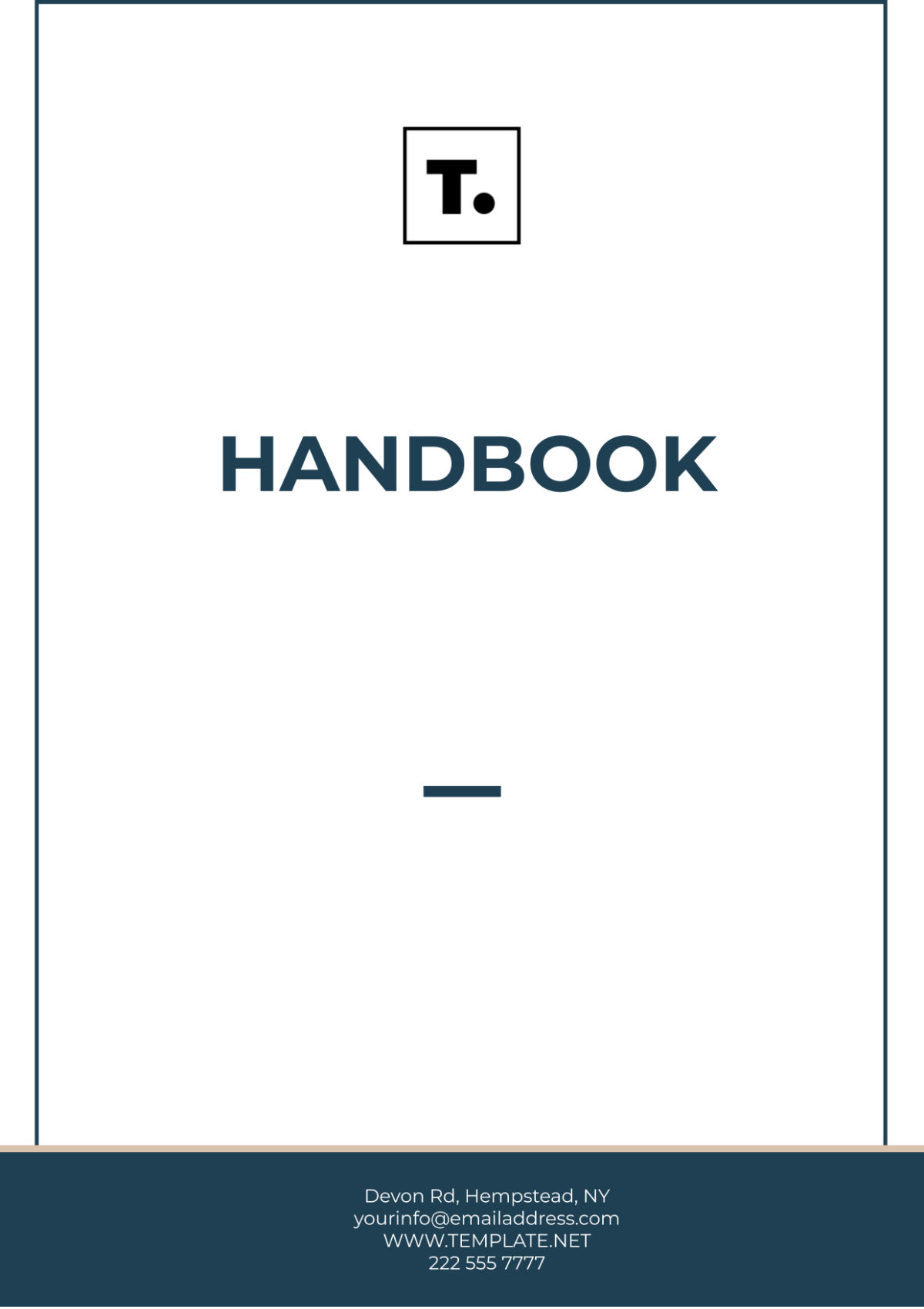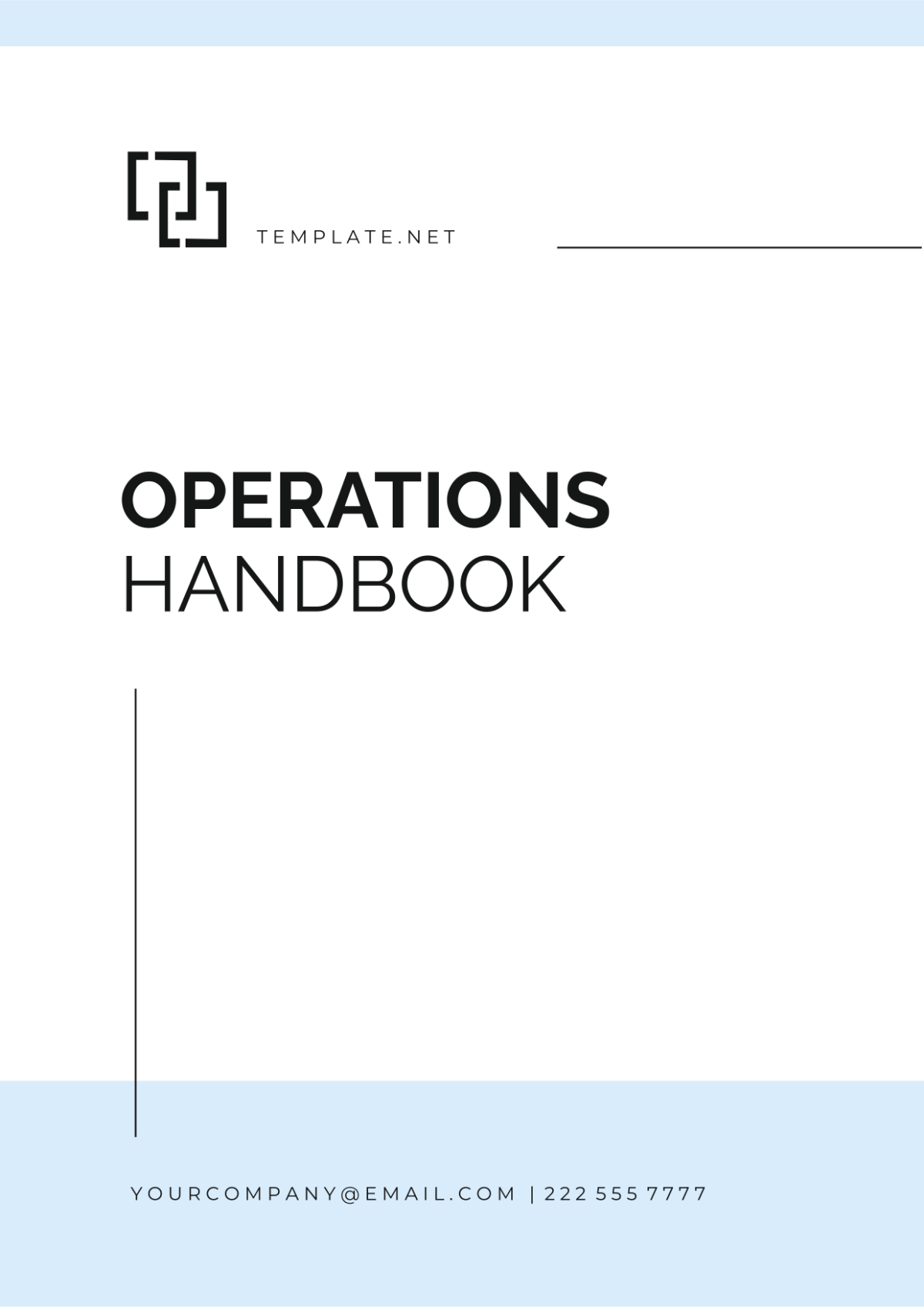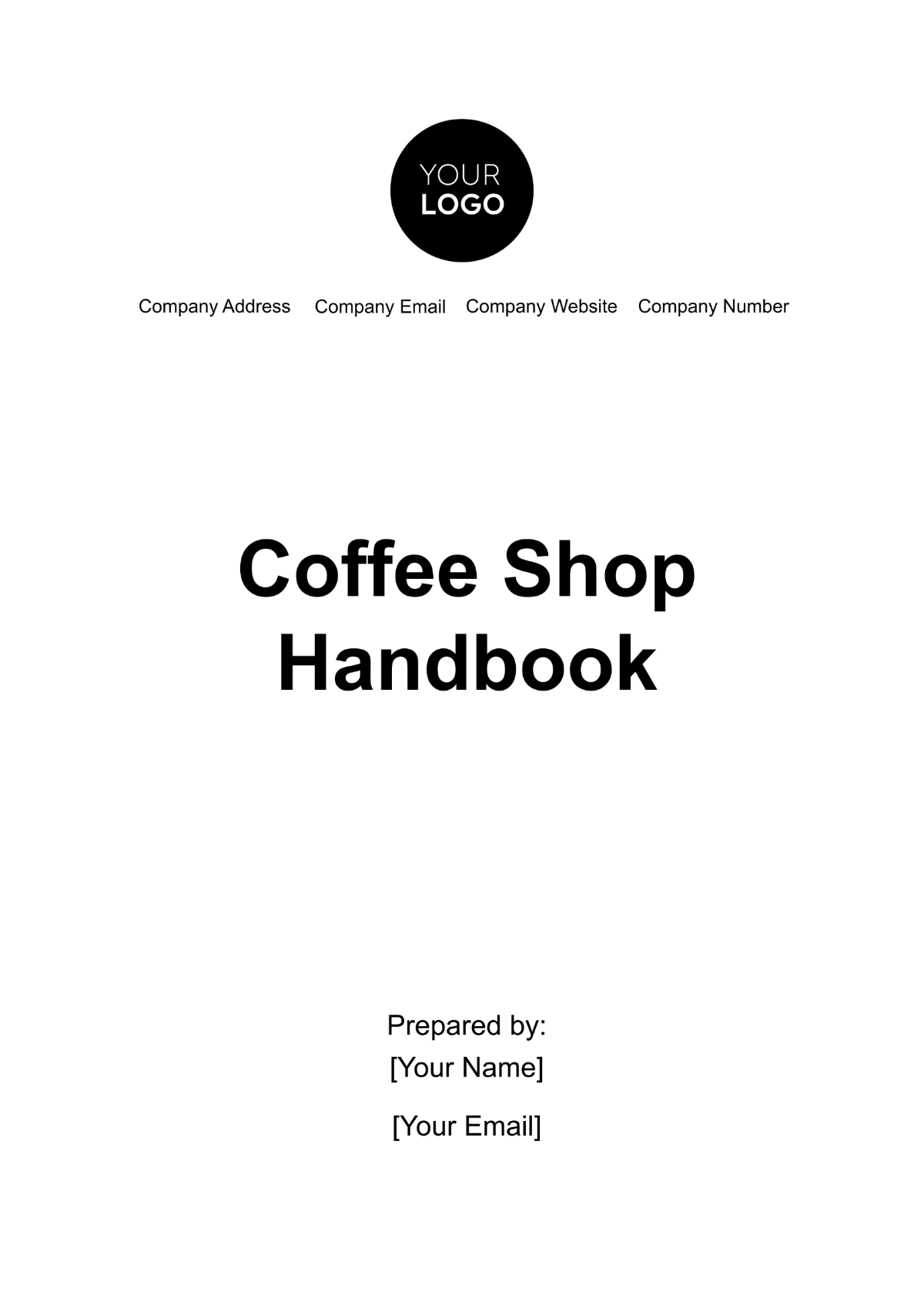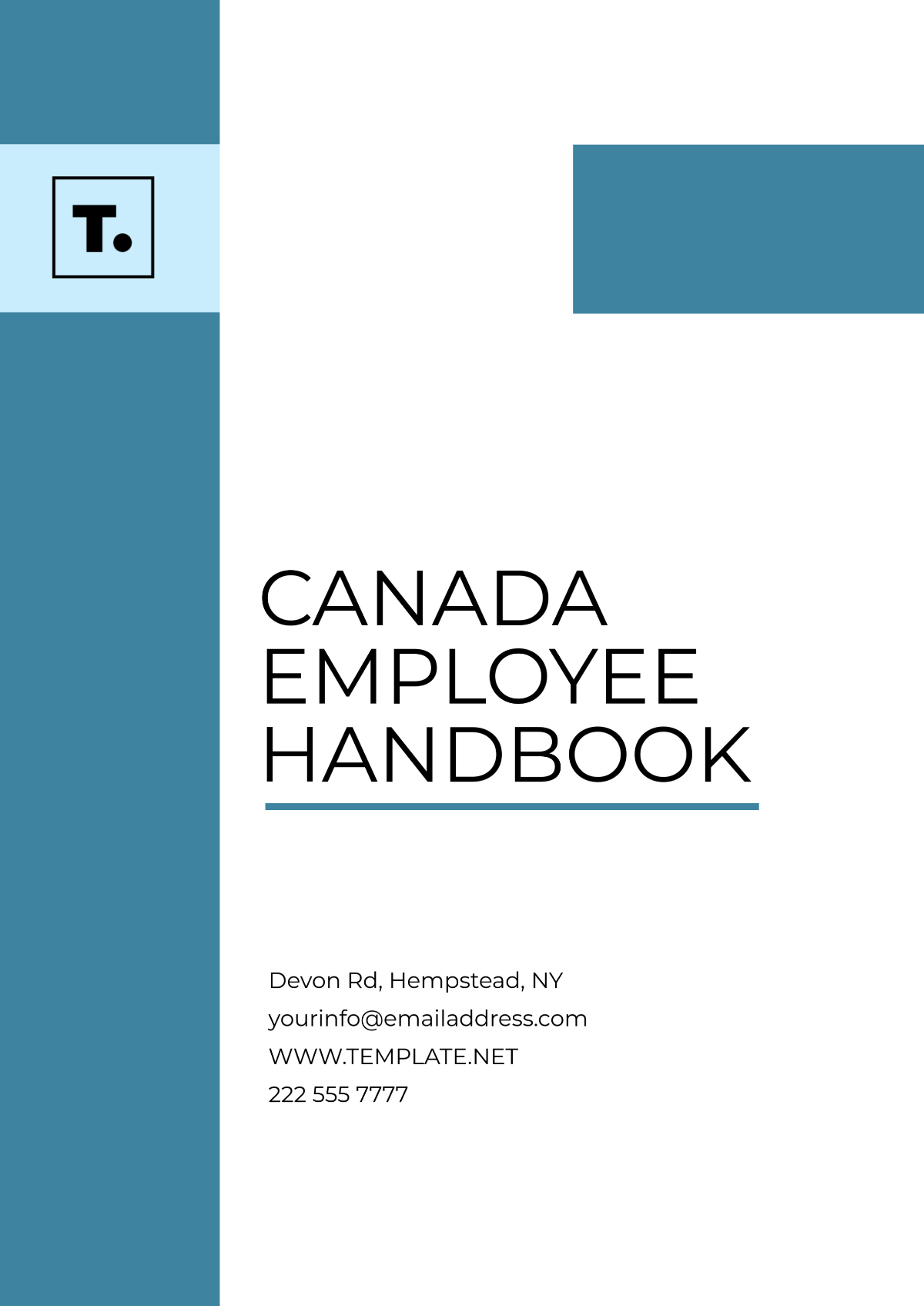Rewards Distribution and Allocation Handbook HR
Purpose of the Handbook
This handbook is designed to provide a comprehensive overview of our rewards distribution and allocation policies and procedures. It serves as a guide for our employees, managers, and HR personnel to understand how rewards and compensation are managed within our organization. Our objective is to ensure transparency, fairness, and consistency in the way we recognize and reward our employees' contributions. This document outlines the philosophy, types, eligibility criteria, and procedures for distributing rewards, aiming to foster a motivated, engaged, and high-performing workforce.
Importance of Rewards and Recognition
At our organization, we believe that effectively recognizing and rewarding employees is fundamental to fostering a culture of excellence and achievement. Rewards and recognition play a crucial role in motivating employees, enhancing job satisfaction, and encouraging superior performance. By acknowledging both individual and team achievements, we aim to inspire our employees to maintain high levels of productivity and commitment. This, in turn, contributes to a positive workplace environment where employees feel valued and motivated to contribute their best.
Company’s Approach
Our approach to rewards and compensation is rooted in the principle of performance-based recognition. We strive to provide a comprehensive rewards package that includes both monetary and non-monetary benefits. This approach is designed to meet the diverse needs and preferences of our workforce, ensuring that there are meaningful incentives for every role and level within the organization. By aligning rewards with performance outcomes, we aim to encourage continuous improvement and excellence among our employees, fostering a culture of achievement and recognition.
Alignment with Business Goals and Objectives
Our rewards program is closely aligned with our business goals and objectives, ensuring that our compensation and recognition strategies contribute directly to the success of our organization. We aim to:
Drive Performance: By linking rewards to specific performance metrics, we incentivize employees to achieve and exceed their targets, directly contributing to our overall business success.
Attract and Retain Talent: Competitive compensation packages and meaningful recognition programs help us attract and retain the best talent in our industry.
Promote Innovation: Encouraging creativity and innovation through rewards enables us to stay ahead in a competitive market.
Enhance Employee Engagement: A well-structured rewards program increases employee engagement, leading to higher productivity and better customer satisfaction.
Support Professional Development: By recognizing and rewarding learning and growth, we encourage our employees to pursue professional development opportunities.
Importance of Equity, Diversity, and Inclusion
We are committed to promoting equity, diversity, and inclusion (EDI) across all aspects of our rewards program. Recognizing the unique contributions of our diverse workforce is central to our philosophy. We ensure that our rewards and compensation structures are free from bias and discrimination, reflecting our commitment to providing equal opportunities for all employees. By fostering an inclusive environment where everyone feels valued and recognized, we enhance our organizational culture and drive better business outcomes. Our EDI efforts are woven into the fabric of our rewards strategies, ensuring that we celebrate the diversity of our team and support the well-being and success of every employee.
Monetary Rewards
Our organization believes in rewarding our employees not just for the roles they fulfill but for the value they bring to our team and the achievements they accomplish. Monetary rewards are a key component of our comprehensive compensation strategy, designed to recognize the hard work, dedication, and outcomes our employees deliver. These rewards are tailored to reflect the diverse contributions across different levels and roles within the company, ensuring fairness and competitiveness in our compensation packages.
Base Pay
Base pay is the fundamental component of an employee's compensation, reflecting the value of the role within our organization. It is determined based on a variety of factors, including job complexity, market competitiveness, and the employee's experience and skills. We conduct regular market surveys to ensure our base pay remains competitive, and we review salaries annually to reflect individual growth and changes in market conditions.
Bonuses
Bonuses are awarded to recognize exceptional performance and are typically tied to both individual achievements and the company's overall success. These discretionary rewards are designed to motivate high performance and are determined based on predefined criteria that may include meeting or exceeding project targets, contributing to team successes, or achieving specific business objectives. Bonuses provide a way to share the company's success with those who contribute to it directly.
Incentive Pay
Incentive pay is a form of compensation designed to reward employees for achieving specific goals that directly contribute to our organization's performance. This can include sales commissions, performance-based bonuses, or other goal-oriented rewards. The structure of incentive pay is transparent and linked to measurable outcomes, providing a clear path for employees to impact their earnings through their performance.
Overtime Pay
For eligible employees, overtime pay compensates for hours worked beyond their standard schedule, in accordance with legal and organizational policies. This ensures that employees are fairly compensated for their extra efforts during peak periods or for critical projects. Overtime rates are calculated based on established guidelines, reflecting our commitment to fair labor practices.
Non-Monetary Rewards
Beyond monetary compensation, we recognize the importance of non-monetary rewards in enhancing job satisfaction, employee well-being, and work-life balance. These rewards are an integral part of our overall strategy to appreciate and motivate our workforce, catering to the diverse needs and preferences of our employees.
Recognition Programs
Our recognition programs are designed to celebrate achievements, milestones, and exceptional contributions in various forms, such as employee of the month awards, service anniversaries, or peer-to-peer recognition platforms. These programs aim to foster a culture of appreciation and acknowledgment, highlighting the value of every individual's contribution to our success.
Professional Development Opportunities
We are committed to the growth and development of our employees, offering various professional development opportunities. This includes access to training sessions, workshops, conferences, and tuition reimbursement for courses relevant to their roles. By investing in our employees' growth, we not only enhance their skills and career prospects but also ensure our organization stays at the forefront of industry developments.
Flexible Working Arrangements
Understanding the importance of work-life balance, we offer flexible working arrangements such as remote work options, flexible hours, and compressed workweeks. These arrangements are designed to accommodate the diverse needs of our workforce, allowing employees to achieve a better balance between their professional and personal lives, thereby enhancing overall job satisfaction and productivity.
Health and Wellness Programs
Our health and wellness programs are aimed at supporting the physical and mental well-being of our employees. These initiatives can include access to fitness facilities, wellness challenges, mental health resources, and health screenings. By prioritizing the health and well-being of our team, we create a supportive and healthy work environment that benefits both our employees and our organization as a whole.
Eligibility Criteria
Determining the eligibility criteria for our rewards program is crucial in ensuring fairness and transparency within our organization. These criteria are designed to clearly outline the qualifications required for employees to participate in the various rewards and recognition opportunities we offer. The eligibility criteria vary depending on the type of reward, the nature of the performance being recognized, and the duration of service within the company. This section provides a detailed overview of the eligibility criteria for different types of rewards, performance-based rewards, and time-based criteria for eligibility.
Type of Reward | Eligibility Criteria |
Base Pay | All permanent employees are eligible. Temporary and contract workers may have different scales. |
Bonuses | Full-time employees who have completed the probationary period and meet performance criteria. |
Incentive Pay | Employees in roles directly tied to performance metrics, such as sales and project completion. |
Overtime Pay | Non-exempt employees as per labor laws, based on hours worked beyond their standard schedule. |
Recognition Programs | All employees are eligible for recognition programs, subject to specific program guidelines. |
Professional Development Opportunities | Employees who have completed the probationary period and demonstrate a commitment to personal growth. |
Flexible Working Arrangements | Employees who have been with the company for at least six months and have a satisfactory performance record. |
Health and Wellness Programs | All employees are eligible, including part-time and full-time staff. |
Criteria for Performance-Based Rewards
Performance-Based Reward | Criteria |
Bonuses | Achievement of individual and team targets, contribution to company goals, exceptional performance. |
Incentive Pay | Direct correlation with achieved targets, such as sales volume, project milestones, or cost savings. |
Recognition Programs | Outstanding contributions, innovation, leadership, teamwork, or customer service excellence. |
Time-Based Criteria for Eligibility
Reward Type | Criteria |
Long Service Awards | Employees are eligible upon reaching milestone years of service (e.g., 5, 10, 15 years). |
Sabbatical Leave | Eligible after a certain number of years of continuous service, typically 7 to 10 years. |
Retirement Benefits | Eligibility is based on reaching retirement age with a minimum service period (e.g., 20 years). |
Performance Evaluation Process
The performance evaluation process is a critical component of our rewards and recognition program. It ensures that all employees are assessed fairly and consistently, based on their contributions to our organization. This process involves several key steps designed to evaluate individual and team performance accurately and to align rewards with achievements.
Setting Clear Objectives: At the beginning of the evaluation period, managers and employees collaboratively set clear, measurable goals aligned with the company's objectives.
Ongoing Feedback: Throughout the year, managers provide ongoing feedback to employees, helping them stay on track and adjust their efforts as needed.
Self-Assessment: Employees are encouraged to conduct a self-assessment of their performance, reflecting on their achievements and areas for improvement.
Formal Evaluation Meeting: A formal review meeting is held at the end of the evaluation period, where managers and employees discuss performance outcomes, achievements, and areas for growth.
Documentation and Record Keeping: The outcomes of the evaluation are documented, including any agreed-upon development plans and objectives for the next period.
Determining Reward Amounts
Determining the amounts for rewards is a structured process that takes into account various factors to ensure fairness and alignment with our organizational goals.
Performance Metrics: The basis of monetary rewards, such as bonuses and incentive pay, is directly linked to specific performance metrics and achievements.
Market Competitiveness: Regular market analysis ensures our reward amounts are competitive and align with industry standards.
Budget Considerations: All reward amounts are determined within the constraints of the organization's budget, ensuring sustainability.
Employee Role and Tenure: The role's complexity and the employee's tenure and experience within the company are considered when determining reward amounts.
Scheduling and Frequency of Rewards
The scheduling and frequency of rewards are carefully planned to maintain motivation and recognize achievements throughout the year.
Type of Reward | Frequency | Scheduled Timing |
Base Pay | Annually | Salary reviews typically occur at year-end. |
Bonuses | Annually or Semi-annually | Often after fiscal year-end or mid-year review. |
Incentive Pay | Variable (as targets are met) | Distributed upon achievement of specific goals. |
Recognition Programs | Ongoing | Awarded at various times throughout the year. |
Professional Development Opportunities | As available | Offered throughout the year, based on availability. |
Flexible Working Arrangements | Reviewed annually | Eligibility and arrangements reassessed yearly. |
Health and Wellness Programs | Ongoing | Programs available year-round. |
Process for Awarding Non-Monetary Rewards
The process for awarding non-monetary rewards focuses on recognizing the diverse contributions of our employees in ways that enrich their professional and personal lives.
Nomination: Employees can be nominated for non-monetary rewards by their peers, managers, or through self-nomination, depending on the program.
Evaluation: Nominations are evaluated based on the criteria established for each non-monetary reward program, such as innovation, teamwork, or leadership.
Selection: A committee or the relevant manager selects the recipients based on the evaluation criteria, ensuring a fair and transparent process.
Announcement: Recipients are announced and recognized in a manner that highlights their achievements and contributions to the organization.
Delivery: The non-monetary reward, whether it be a professional development opportunity, a flexible working arrangement, or participation in a health and wellness program, is arranged and provided to the recipient.
Roles and Responsibilities
The success of our rewards distribution and allocation program depends on the clear definition of roles and responsibilities within our organization. This ensures a cohesive and efficient process that supports our goals of fairness, motivation, and recognition.
Role | Responsibilities |
HR Department | Develop and maintain the rewards program, ensure compliance with laws, handle disputes, and manage communications. |
Managers | Assess and nominate employees for rewards, provide performance feedback, and ensure fairness in the evaluation process. |
Employees | Participate in the performance evaluation process, provide feedback, and communicate any concerns regarding rewards. |
Communication and Feedback
Effective communication and feedback mechanisms are essential to the success of our rewards program. We strive to maintain transparency about how rewards are allocated and to provide clear information on the performance evaluation process. Regular updates and announcements about the rewards program are shared through internal communications platforms. We also encourage open dialogue between employees and management to gather feedback on the rewards process, ensuring continuous improvement and employee satisfaction.
Monitoring and Evaluation
Our organization is committed to regularly monitoring and evaluating the effectiveness of our rewards program. This includes assessing the impact of rewards on employee motivation, performance, and satisfaction. Data collected through employee surveys, performance metrics, and feedback sessions are analyzed to identify areas for improvement. By continuously evaluating our rewards program, we aim to adapt and evolve our strategies to meet the changing needs of our workforce and the organization.
Dispute Resolution
We recognize the importance of addressing any disputes or concerns related to rewards fairly and promptly. Our dispute resolution process is designed to provide employees with a clear path for raising concerns regarding reward decisions. This includes an initial review by HR, followed by the possibility of escalation to a higher authority if necessary. Our goal is to resolve disputes transparently and equitably, ensuring that all employees feel heard and respected.
Policy Review and Updates
The rewards distribution and allocation handbook is subject to regular reviews and updates to ensure it remains relevant and effective. The HR department, in consultation with management and employees, periodically assesses the rewards program to identify necessary changes or improvements. Updates may be prompted by changes in legislation, market conditions, or organizational objectives. We are committed to communicating any changes to the rewards program promptly and clearly to all employees, ensuring that our rewards policies continue to align with our goals and values.

















































